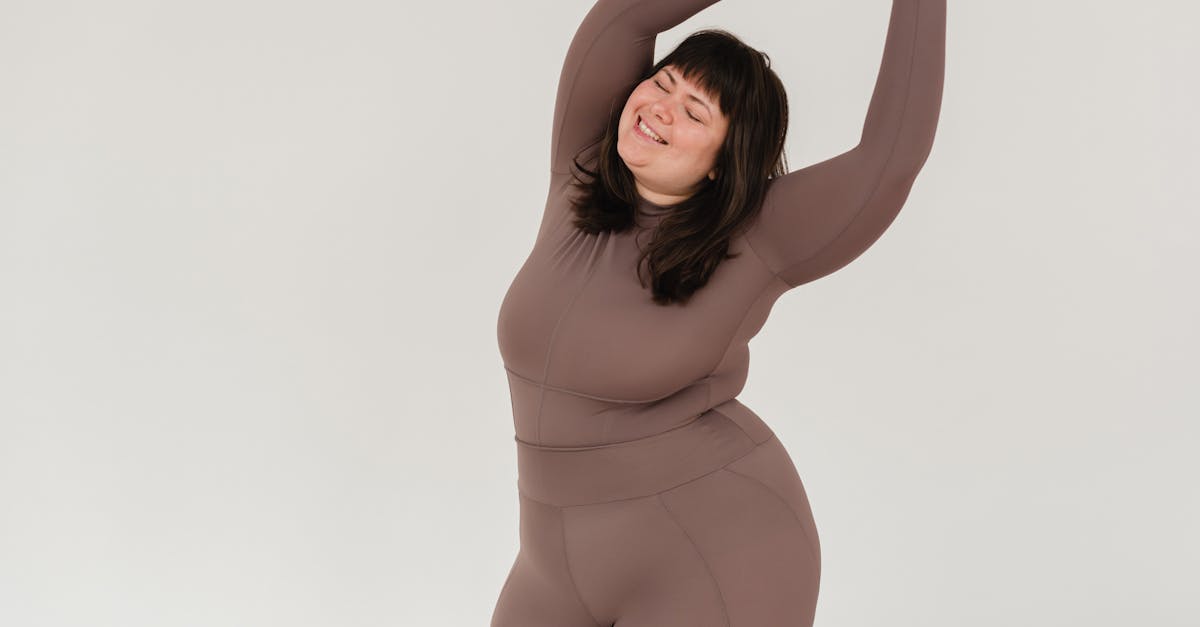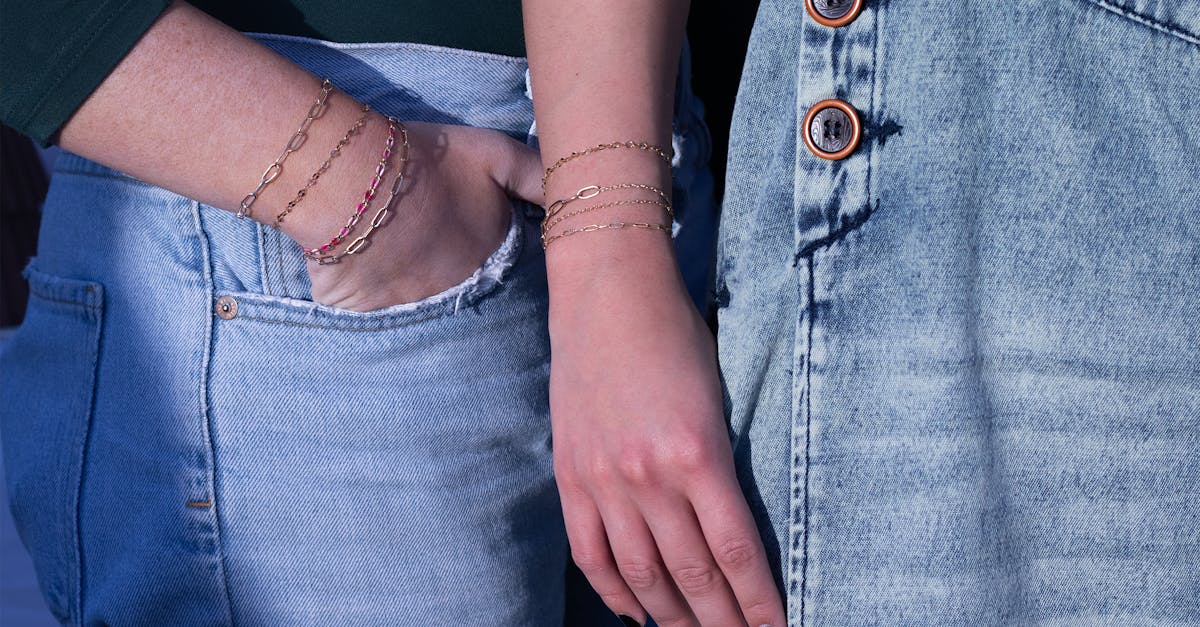Daily Hip Flexor Stretches: A Guide to Relieve Tightness and Improve Flexibility
Unlock Your Hips: Relieve Tightness and Improve Flexibility with Daily Stretches

Daily Hip Flexor Stretches: The Key to Unlocking Mobility and Reducing Pain
Maintaining flexible hip flexors is paramount for our overall well-being. These muscles, located at the front of our thighs, play a pivotal role in various daily movements, from walking and running to getting in and out of chairs. When our hip flexors become tight, it can lead to discomfort, reduced mobility, and even lower back pain.
In this comprehensive guide, we will delve into the anatomy of hip flexors, exploring their functions and importance. We will also shed light on the common causes of tight hip flexors and the myriad benefits of incorporating daily stretches into your routine. Additionally, we will provide step-by-step instructions for effective hip flexor stretches, along with practical tips for seamlessly integrating them into your lifestyle.
1. Understanding Hip Flexors: Their Role and Importance
Understanding Hip Flexors: Their Role and Importance
Hip flexors are a group of muscles located at the front of the thigh. They play a crucial role in hip flexion, which is the movement of bending the thigh towards the body. Hip flexors are also involved in other movements, such as walking, running, and climbing stairs.
The primary hip flexor muscles are the iliacus, psoas major, and rectus femoris. The iliacus and psoas major originate from the spine and pelvis, while the rectus femoris originates from the femur (thigh bone). These muscles come together to insert on the lesser trochanter of the femur, which is located just below the hip joint.
Strong and flexible hip flexors are essential for maintaining good posture and balance. They also help to protect the lower back from injury. Tight hip flexors can lead to a variety of problems, including lower back pain, hip pain, and knee pain. Regular stretching and strengthening exercises can help to keep hip flexors healthy and functioning properly.
2. Causes of Tight Hip Flexors

Causes of Tight Hip Flexors
Tight hip flexors can be caused by a variety of factors, including:
- Prolonged sitting: Sitting for long periods of time can shorten the hip flexors, leading to tightness and discomfort. This is a common problem for people who work at a desk all day or who drive for long distances.
- Certain activities: Some activities, such as running, cycling, and dancing, can also lead to tight hip flexors. This is because these activities involve repetitive hip flexion, which can put strain on the hip flexor muscles.
- Muscle imbalances: Muscle imbalances can also contribute to tight hip flexors. For example, if the hip flexors are stronger than the gluteal muscles (buttocks), this can lead to an imbalance that can cause the hip flexors to become tight and overused.
Other factors that can contribute to tight hip flexors include:
- Age: As we age, our muscles naturally become shorter and less flexible, which can lead to tight hip flexors.
- Injury: Injuries to the hip or thigh can also lead to tight hip flexors.
- Pregnancy: The hormonal changes that occur during pregnancy can relax the ligaments and muscles around the hips, which can lead to tight hip flexors.
3. Benefits of Daily Hip Flexor Stretches
Benefits of Daily Hip Flexor Stretches
Regularly stretching your hip flexors offers numerous benefits, including:
- Improved flexibility: Hip flexor stretches can help to improve the range of motion in your hips, making it easier to perform everyday activities such as walking, running, and climbing stairs.
- Reduced pain: Tight hip flexors can lead to pain in the hips, lower back, and knees. Stretching the hip flexors can help to relieve this pain and improve overall mobility.
- Enhanced mobility: Improved hip flexibility can lead to enhanced mobility, making it easier to perform activities such as squatting, lunging, and playing sports.
- Reduced risk of injury: Tight hip flexors can increase the risk of injury to the hips, lower back, and knees. Stretching the hip flexors can help to reduce this risk and keep you active and healthy.
- Improved posture: Tight hip flexors can contribute to poor posture, which can lead to pain and discomfort. Stretching the hip flexors can help to improve posture and reduce the risk of pain.
- Increased circulation: Stretching the hip flexors can help to increase circulation to the hips and legs, which can improve overall health and well-being.
4. Effective Hip Flexor Stretches

Effective Hip Flexor Stretches
Here are step-by-step instructions for three effective hip flexor stretches:
Kneeling hip flexor stretch:
- Kneel on the floor with your right knee directly below your hip and your left leg extended straight back behind you.
- Place your hands on your right thigh and gently push your hips forward until you feel a stretch in your right hip flexor.
- Hold the stretch for 30 seconds and then repeat with your left leg.
Standing quad stretch:
- Stand with your feet hip-width apart and your left leg slightly in front of your right leg.
- Bend your right knee and grab your right foot with your right hand, pulling your heel towards your glutes.
- Keep your left leg straight and your hips level, and gently push your hips forward until you feel a stretch in your right hip flexor.
- Hold the stretch for 30 seconds and then repeat with your left leg.
Butterfly stretch:
- Sit on the floor with the soles of your feet together and your knees bent out to the sides.
- Gently push your knees down towards the floor until you feel a stretch in your hip flexors.
- Hold the stretch for 30 seconds.
5. Tips for Incorporating Hip Flexor Stretches into Your Routine
Tips for Incorporating Hip Flexor Stretches into Your Routine
Here are some practical tips for incorporating hip flexor stretches into your daily routine:
- Make stretching a part of your daily routine: Set aside 5-10 minutes each day to stretch your hip flexors. You can do this first thing in the morning, last thing at night, or during your lunch break.
- Stretch before and after exercise: Stretching your hip flexors before and after exercise can help to prevent injuries and improve your range of motion.
- Incorporate stretching into your workouts: There are many exercises that can help to stretch your hip flexors, such as lunges, squats, and yoga poses. You can incorporate these exercises into your regular workouts to get a full-body stretch.
- Use a foam roller: Foam rolling can help to release tension in the hip flexors and improve their flexibility. Use a foam roller to gently massage the hip flexors for 1-2 minutes before stretching.
- Be consistent: The key to getting the most benefits from hip flexor stretching is to be consistent. Try to stretch your hip flexors every day, even if it’s just for a few minutes.
Quiz
1. True or False: Hip flexors play a crucial role in daily movements such as walking and running.
2. Which of the following is a common cause of tight hip flexors? (a) Prolonged sitting (b) Certain activities like running (c) Muscle imbalances (d) All of the above
3. Which of the following is a benefit of regular hip flexor stretching? (a) Improved flexibility (b) Reduced pain (c) Enhanced mobility (d) All of the above
Answer Key:
- True
- (d) All of the above
- (d) All of the above
